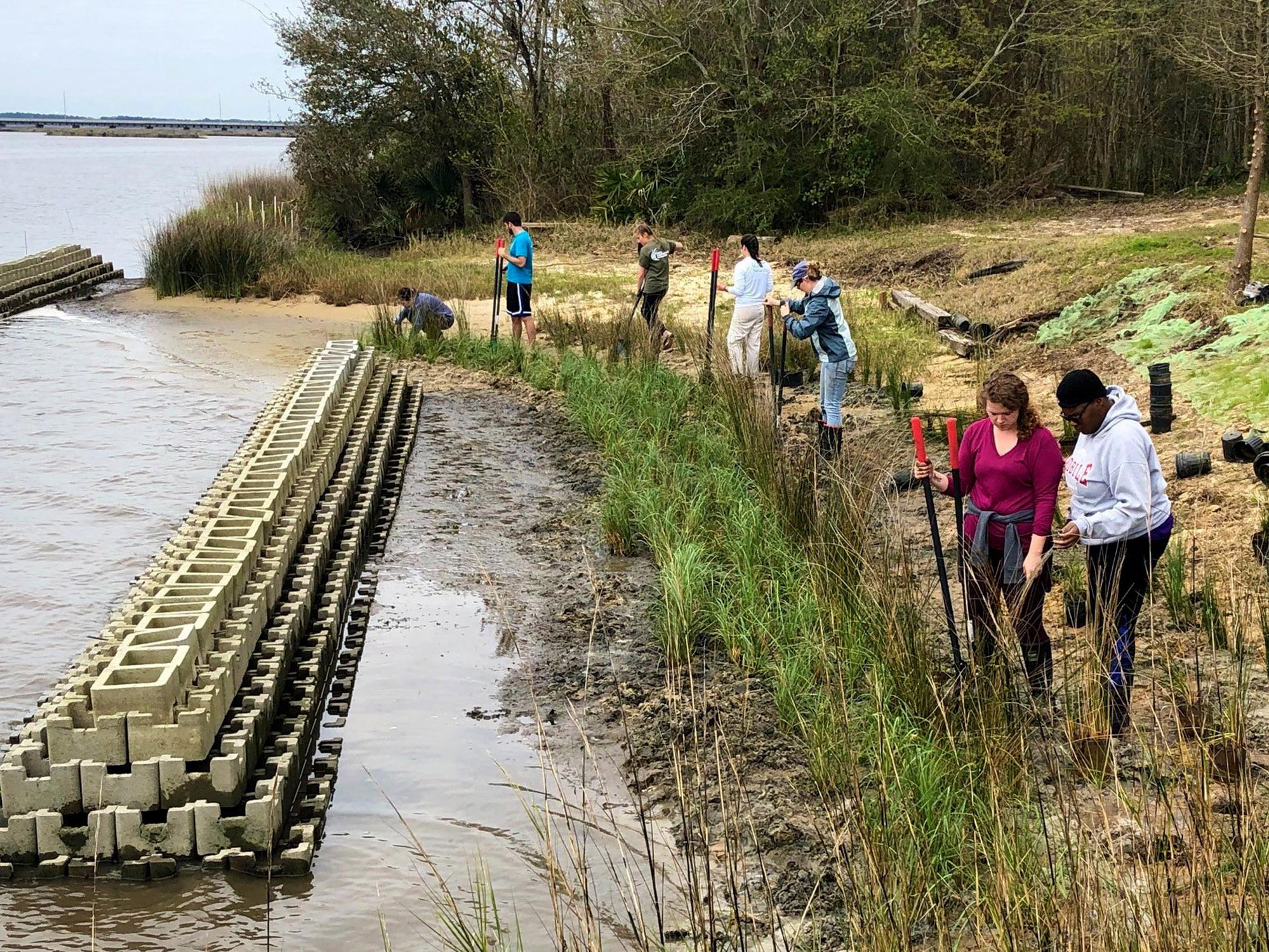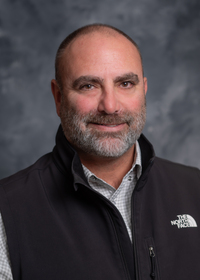Information Possibly Outdated
The information presented on this page was originally released on April 5, 2019. It may not be outdated, but please search our site for more current information. If you plan to quote or reference this information in a publication, please check with the Extension specialist or author before proceeding.
Living shorelines are worth the effort
BILOXI, Miss. -- Mississippi residents who live near the water often consider ways to protect shorelines from erosion. Construction of living shorelines is a popular technique, but it can be hard to find qualified contractors to build these structures.
The Mississippi State University Extension Service, the Mississippi-Alabama Sea Grant Consortium and collaborators are working to build a robust contractor workforce that can respond to this demand and promote living shorelines.
Property owners find it much easier to locate a hardened shoreline contractor than a living shoreline contractor. With all the site planning and regulatory hoops, it’s clear why.
“Living shorelines” is a term that describes techniques used to stabilize shorelines while also providing as many of nature’s benefits as possible. Some of these benefits include improving water quality, absorbing flood waters, and providing habitat for commercially and recreationally important fish and shellfish.
Erosion control is often the top priority of living shoreline projects. However, encouraging the “living” part of these shorelines is generally just about as important. In coastal Alabama and Mississippi, the conservation or restoration of wetlands or oyster reefs, and the benefits those ecosystems provide, is a positive result of these projects.
The alternative to living shorelines are hardened shorelines, such as bulkheads and seawalls. These structures are known to have negative environmental and economic consequences. However, they are much easier to plan and install than living shorelines.
In some areas and situations, a hardened shoreline may be the only logical solution. However, Alabama and Mississippi are full of hardened shorelines that weren’t installed out of necessity. These structures could easily be replaced with more environmentally friendly options, such as living shorelines.
As you can imagine, every shoreline and situation are different, so there isn’t a template for living shoreline projects. Bank slope, sediment type, salinity at a specific site, the amount of wave energy and the state of neighboring shorelines are among the factors to consider when planning one of these projects. Additionally, permitting for living shoreline construction is not as straightforward as it is for hardened shoreline construction.
Education and outreach efforts have led more and more property owners to inquire about living shorelines. Yet, even with this increased demand and the established importance of natural shorelines, hardened shorelines are still being installed at a much faster rate.
For more information about living shorelines or to attend future workshops, send an email to eric.sparks@msstate.edu or call 228-546-1025.

Editor’s Note: Extension Outdoors is a column authored by several different experts in the Mississippi State University Extension Service.





